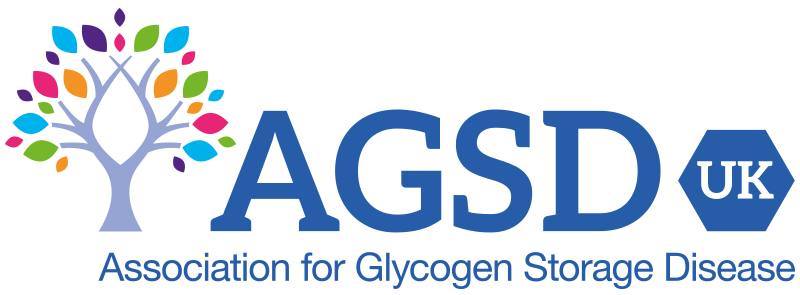Top research questions for liver glycogen storage disease
Listed here are the top eleven research questions for liver glycogen storage disease from the International Hepatic Glycogen Storage Disease Priority Setting Partnership in association with the James Lind Alliance.
The partnership was initiated at the International GSD Conference in Groningen, The Netherlands, 2017 to find out what the unanswered questions from patients with liver GSD, families and healthcare professionals are.
The aim of this list is to make sure that health research funders are aware of the issues that matter most to the people who need to use the research in their everyday lives.
- What are the best options (for example gene therapy or enzyme replacement therapy) for achieving sufficient amount of working enzyme in patients with liver GSD?
- Can consensus guidelines (for management) be achieved for patients with liver GSD?
- How should optimal metabolic control both clinically and biochemically (like lactate, ketones and/or lipids) be achieved in liver GSD?
- How should sickness and emergency situations be managed for patients with liver GSD?
- What is the best way to start dietary treatment, finding the optimal doses, and to administer the diet for patients with liver GSD?
- How can existing cornstarch preparations be modified or alternative treatments be implemented that are easier to administer and/or keep blood sugar levels more stable for patients with liver GSD?
- What is the role for new methods for monitoring metabolic control (like noninvasive continuous glucose and lactate measurements, new biomarkers) for patients with liver GSD?
- How to manage diet regimen in relation to “before, during and after” physical exercise (sport, playing) for patients with liver GSD?
- What are the long-term complications (liver, renal, gut) of a diet rich in uncooked cornstarch and/or high protein and should the diet be adjusted to prevent complications in liver GSD?
- What are the risks and benefits of different options for overnight treatment for patients with liver GSD and how can we maximize safety?
- How to prevent and/or treat muscle problems in patients with liver GSD?

The James Lind Alliance (JLA) is a non-profit making initiative established in 2004. It brings patients, carers and clinicians together in Priority Setting Partnerships (PSPs) to identify and prioritise the Top 10 unanswered questions or evidence uncertainties that they agree are the most important.
